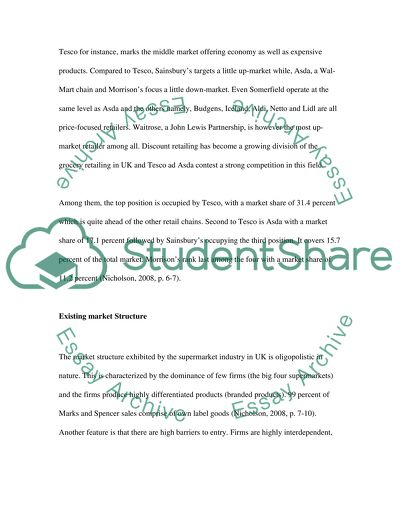Cite this document
(Structure of the UK Supermarket Industry Term Paper, n.d.)
Structure of the UK Supermarket Industry Term Paper. Retrieved from https://studentshare.org/marketing/1561985-analyse-the-structure-of-the-uk-supermarket-sector
Structure of the UK Supermarket Industry Term Paper. Retrieved from https://studentshare.org/marketing/1561985-analyse-the-structure-of-the-uk-supermarket-sector
(Structure of the UK Supermarket Industry Term Paper)
Structure of the UK Supermarket Industry Term Paper. https://studentshare.org/marketing/1561985-analyse-the-structure-of-the-uk-supermarket-sector.
Structure of the UK Supermarket Industry Term Paper. https://studentshare.org/marketing/1561985-analyse-the-structure-of-the-uk-supermarket-sector.
“Structure of the UK Supermarket Industry Term Paper”, n.d. https://studentshare.org/marketing/1561985-analyse-the-structure-of-the-uk-supermarket-sector.


